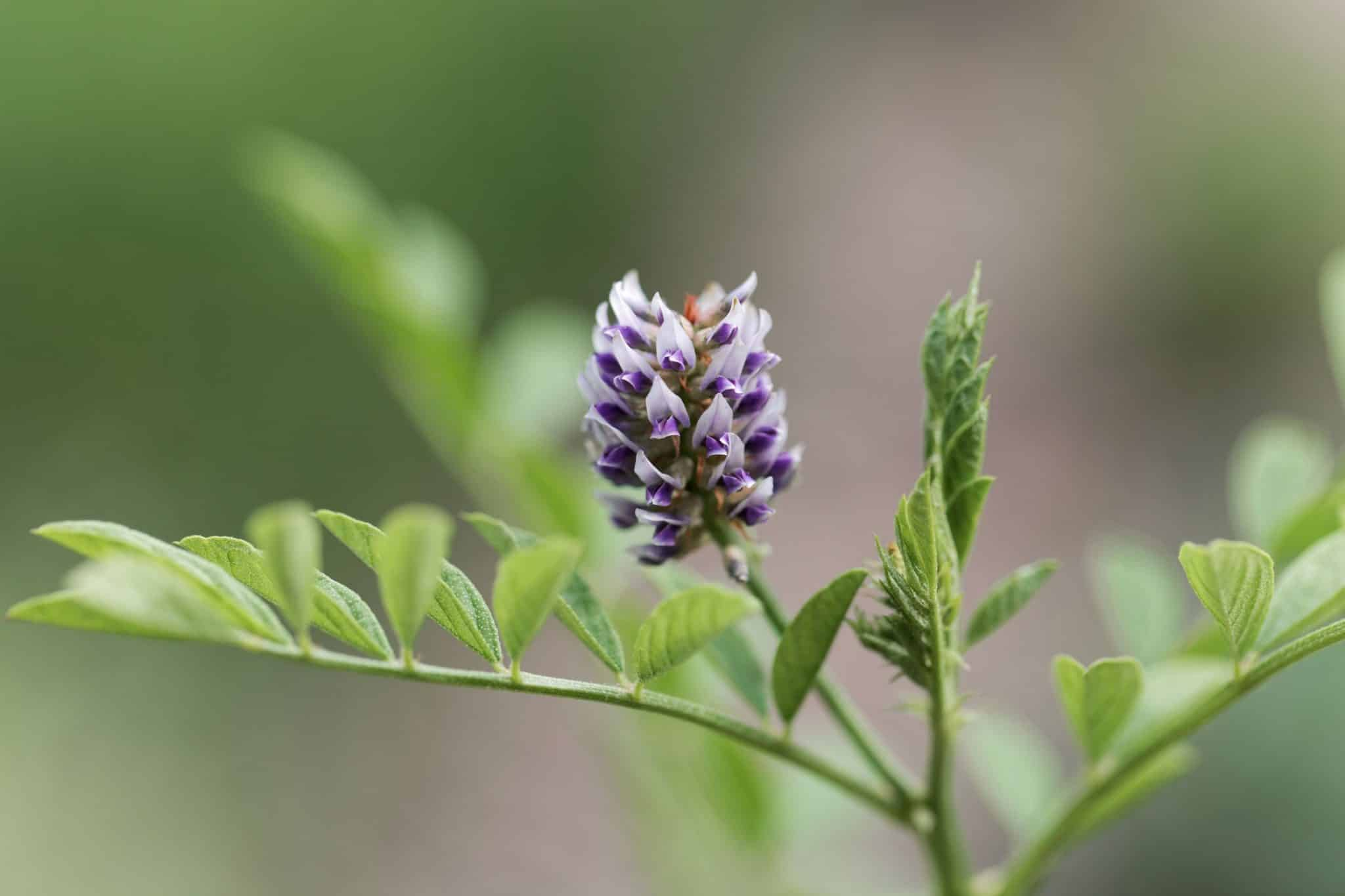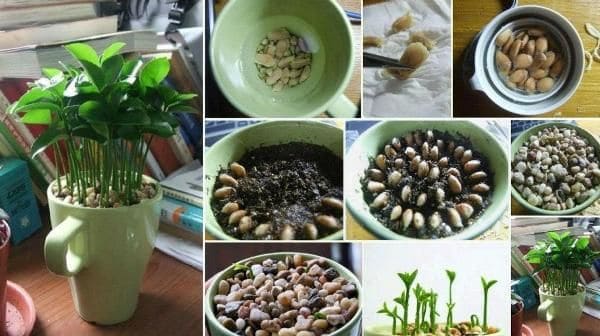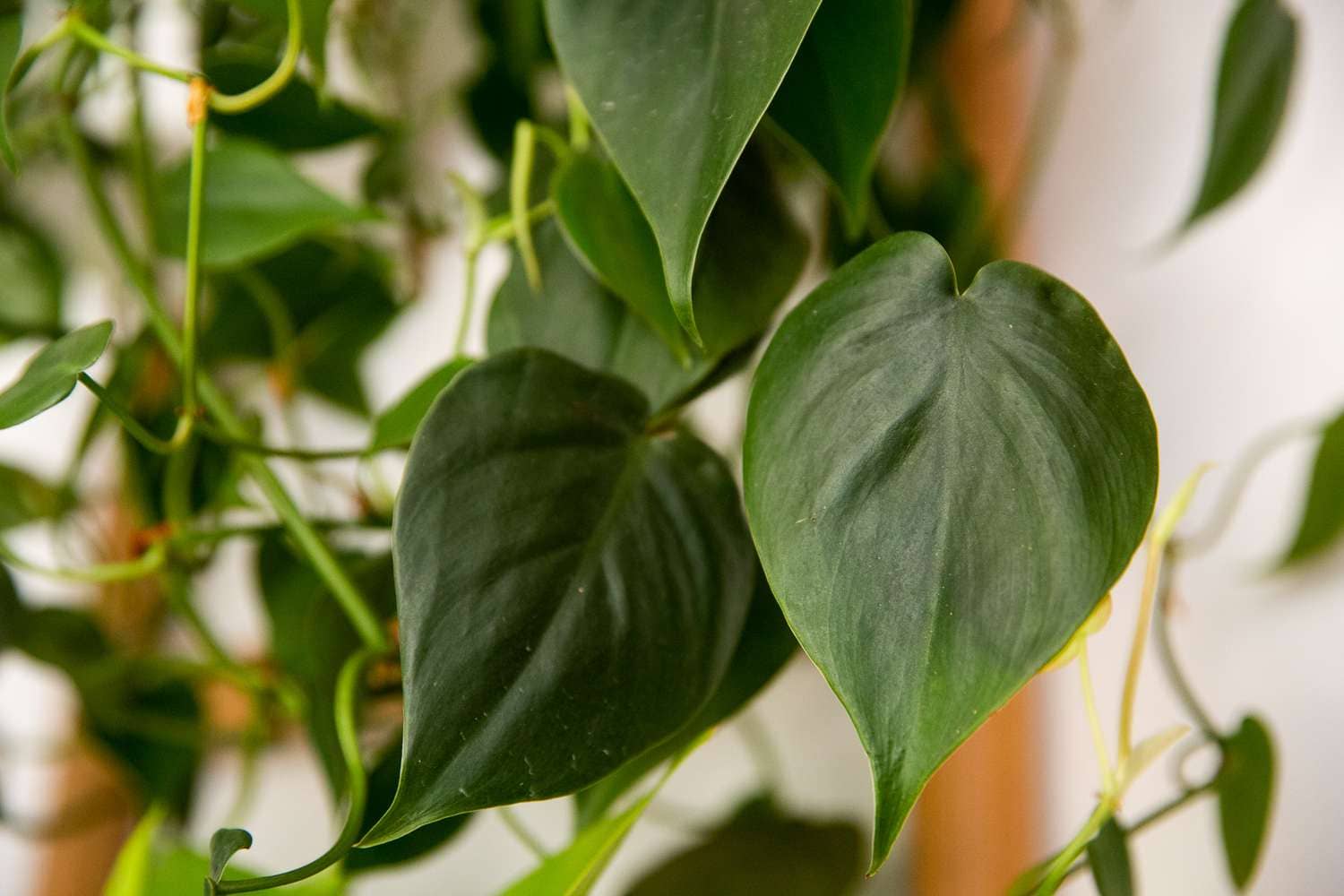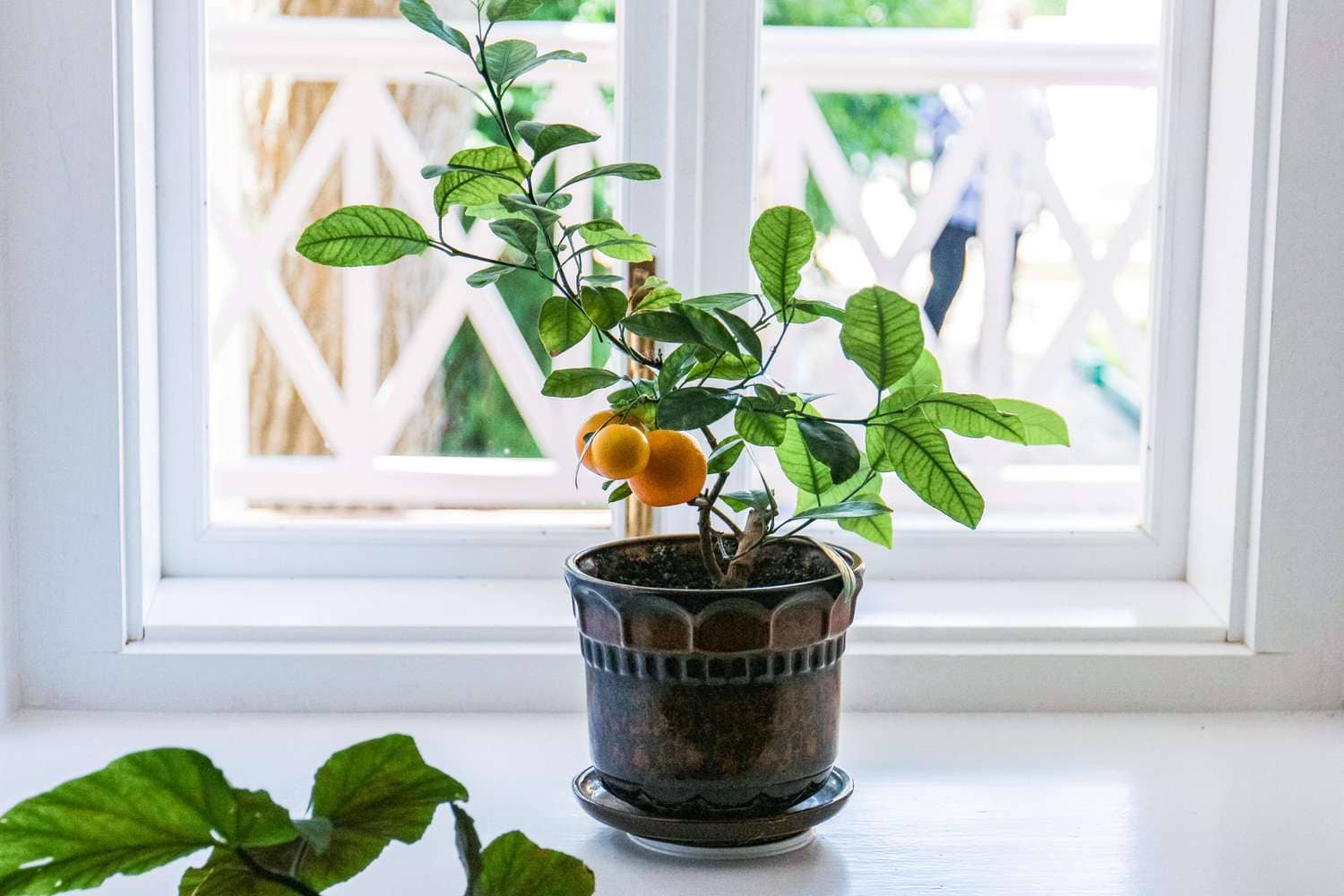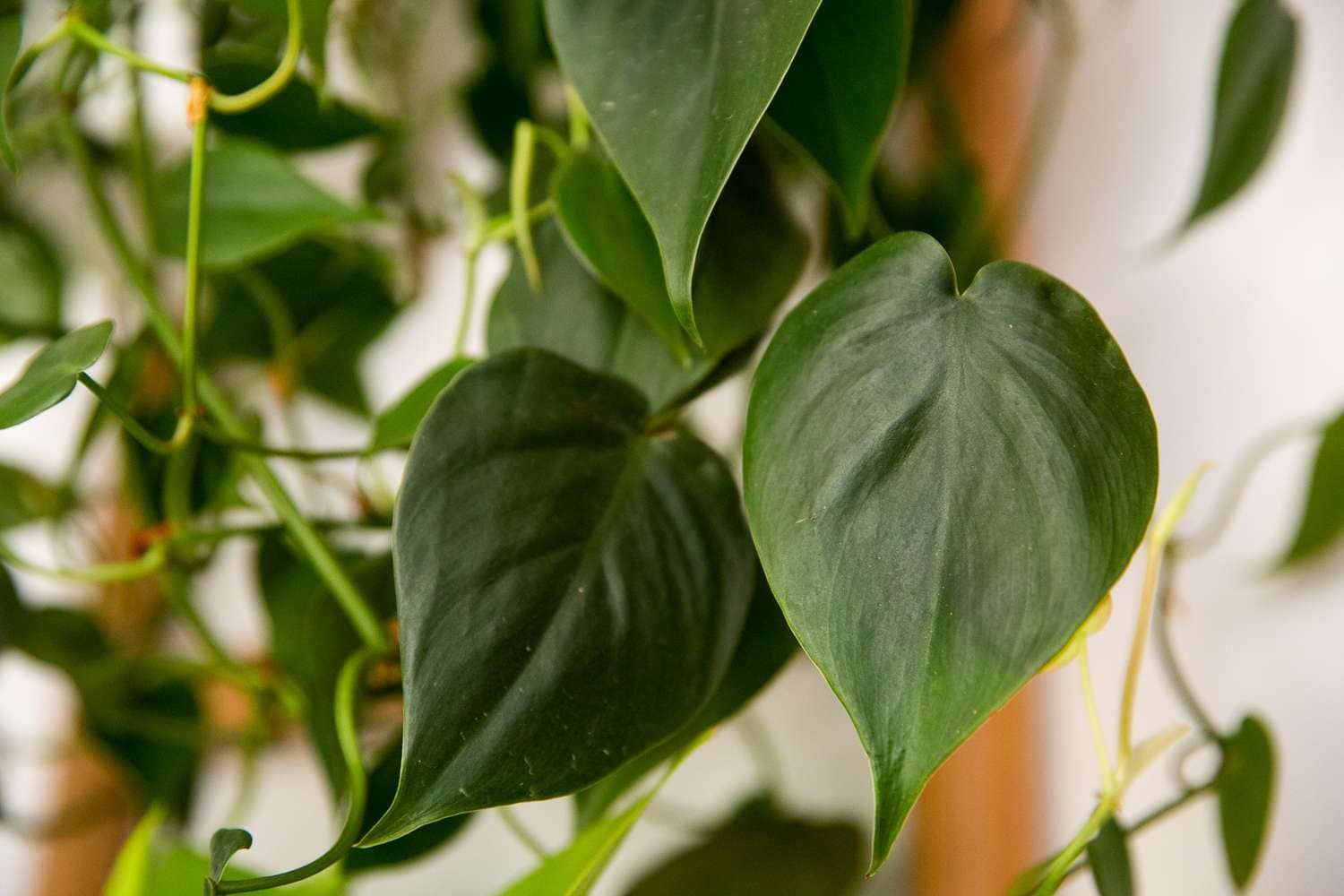Introduction
Licorice plant, scientifically known as Glycyrrhiza glabra, is a marvel of nature, renowned for its versatile applications in health and culinary domains. This article explores the enchanting realm of the licorice plant, delving into its rich history, cultivation practices, medicinal properties, and culinary uses. Let’s embark on a journey to uncover the secrets and wonders of this remarkable botanical treasure.
Cultivation of Licorice Plant
The licorice plant flourishes in warm, subtropical climates with well-drained soil and plenty of sunlight. Its cultivation primarily involves:
1. Suitable Climate: Licorice plants thrive in regions with mild winters and warm summers, such as Mediterranean countries and parts of Asia.
2. Soil Requirements: Well-drained sandy loam or clay loam soils with a slightly acidic to neutral pH are ideal for licorice cultivation.
3. Propagation: Licorice plants are typically propagate from seeds or root cuttings, ensuring genetic uniformity and robust growth.
4. Growth and Maintenance: Regular watering, weed control, and proper spacing are essential for the healthy growth of licorice plants.
Historical Significance
Throughout history, licorice has held a significant place in various cultures and civilizations:
Ancient Civilizations: Ancient Egyptians and Mesopotamians valued licorice for its medicinal properties, using it to treat ailments and enhance flavor in culinary preparations.
Traditional Medicine: Traditional Chinese medicine and Ayurveda recognized licorice for its therapeutic benefits, including its role in promoting respiratory health and soothing digestive issues.
Cultural Symbolism: Licorice was revered in folklore and mythology, symbolizing vitality, longevity, and healing.
Medicinal Properties
Licorice boasts a plethora of medicinal properties attributed to its bioactive compounds, including:
1. Glycyrrhizin: The primary active component in licorice root, glycyrrhizin, exhibits anti-inflammatory, antiviral, and immune-modulating effects.
2. Digestive Health: Licorice is prized for its ability to soothe digestive discomfort, alleviate heartburn, and support gastrointestinal health.
3. Respiratory Support: Licorice is commonly used to relieve respiratory ailments such as coughs, sore throats, and bronchitis, thanks to its expectorant and demulcent properties.
4. Skin Care: Licorice extract is incorporate into skincare products for its anti-inflammatory and skin-soothing properties, aiding in conditions like eczema and psoriasis.
Culinary Uses
Licorice imparts a distinctive sweet and aromatic flavor to culinary creations, enhancing both sweet and savory dishes:
1. Confectionery: Licorice is a key ingredient in traditional confectioneries, imparting its signature flavor to candies, sweets, and chewing gums.
2. Beverages: Licorice root is used to infuse teas, tisanes, and herbal blends, adding depth and sweetness to beverages.
3. Culinary Spice: Licorice root powder is utilize as a natural sweetener and flavor enhancer in various culinary preparations, including sauces, marinades, and desserts.
FAQs (Frequently Asked Questions)
Q: What are the health benefits of licorice plant?
Licorice plant offers a myriad of health benefits, including digestive support, respiratory relief, and skin care properties.
Q: Can licorice be harmful if consumed excessively?
Excessive consumption of licorice, particularly in the form of supplements or candies containing high levels of glycyrrhizin, may lead to adverse effects such as hypertension and potassium depletion.
Q: How is licorice plant use in traditional medicine?
Licorice has been extensively use in traditional Chinese medicine and Ayurveda for its therapeutic properties, including its role in addressing digestive issues, respiratory ailments, and skin conditions.
Q: Is licorice safe for consumption during pregnancy?
Pregnant women should exercise caution when consuming licorice, as excessive intake may pose risks of preterm labor and developmental issues in the fetus due to glycyrrhizin content.
Q: What are some alternative uses of licorice plant?
Apart from its medicinal and culinary applications, licorice finds use in the cosmetic industry for its skin-soothing and anti-inflammatory properties.
Conclusion
In conclusion, the licorice plant stands as a testament to nature’s bounty, offering a myriad of health benefits, culinary delights, and cultural significance. Whether as a therapeutic herb or a flavorful spice, licorice continues to captivate and enrich our lives. Embodying the harmony between tradition and innovation.

